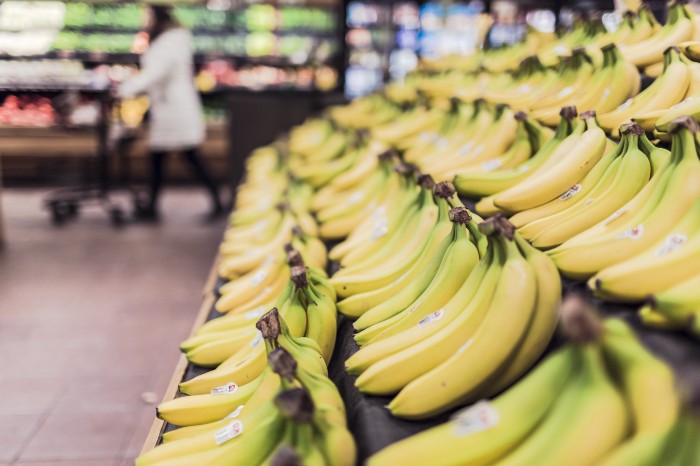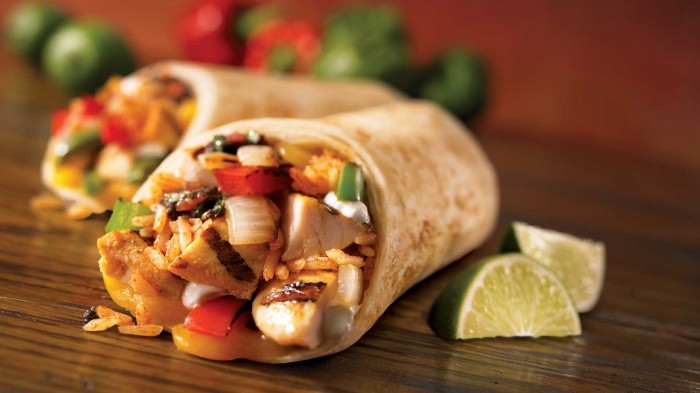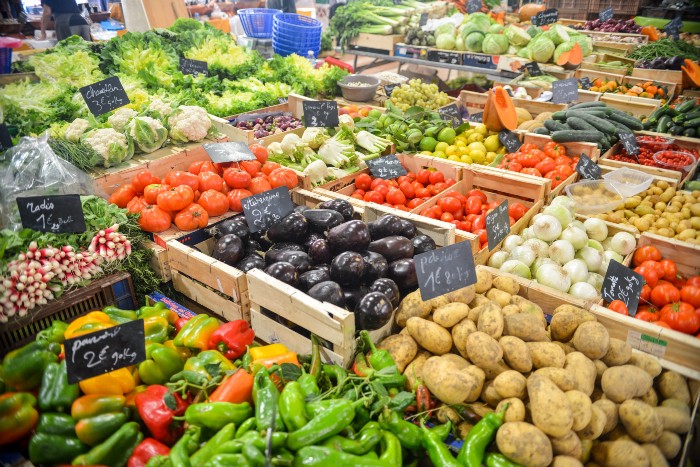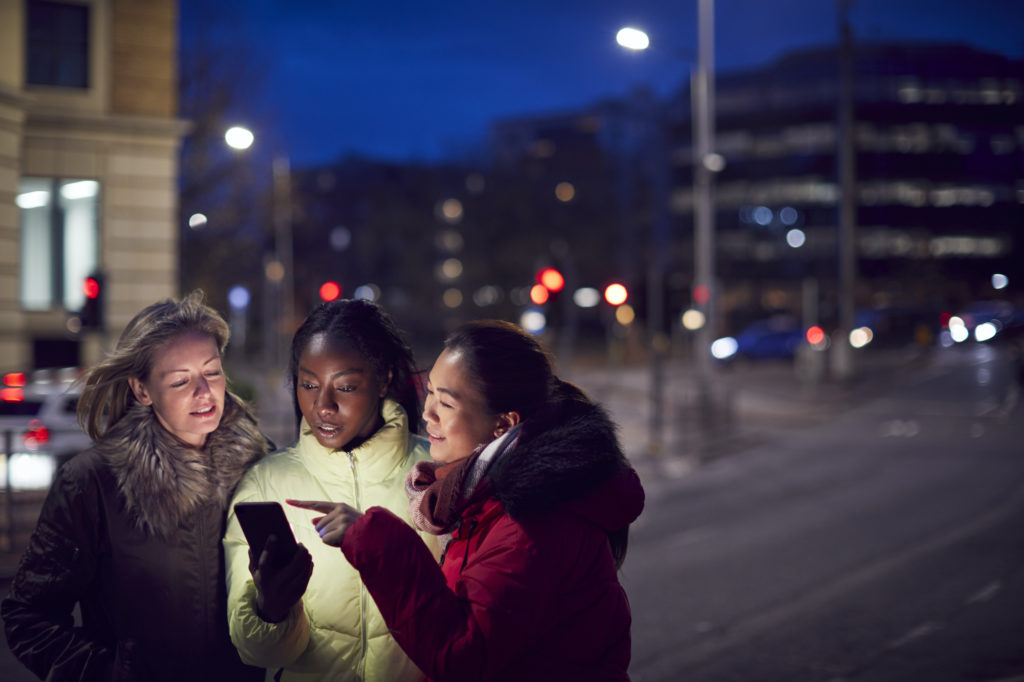In a world where one in nine people on earth (about 795 million people) don’t have food to eat, we continuously waste 1.3 billion tons of edible food each year, according to the Food and Agriculture Organization. This means that one-third of all the food produced for human consumption is lost.
Selecting flawless vegetables and fruits has become a habit for many consumers. Bright yellow bananas without any brown spots, perfectly shaped orange bell peppers, and apples that have an impeccable red glow sans bruises. In reality, this “harmless” habit contributes to perfectly edible food getting thrown out because of how it looks. Ultimately, food waste is responsible for over seven percent of the world’s greenhouse gas emissions (GHGs), making it a key challenge in tackling climate change.

Did you know that in the United Kingdom, 1.4 million bananas are thrown away every day?
Food waste is a problem that can no longer be ignored because every bit of food that ends up in the garbage also means a waste of resources such as water, farmland, and energy needed to produce food in the first place. Some developers have taken it upon themselves to find ways to connect people to food that would otherwise go to waste, and so helping to reduce the amount of food thrown out every day.
YourLocal: To fight food waste in Denmark, two friends came up with the idea to link consumers to local shops that have leftover food. Given its success, in 2015 YourLocal became the first app to help small businesses and supermarkets sell surplus food that would otherwise go to waste.
The app is available for iPhone and Android.
Too Good To Go: The concept is simple: through a free smartphone app, Too Good To Go helps food stores sell their surplus food instead of throwing it away. The best part? People get to enjoy good food at a fraction of the price. This free smartphone app is available in Belgium, Denmark, France, Germany, the Netherlands, Norway, Switzerland and the UK, with plans to expand to other countries. If you live in one of these countries, start saving on food today.
The app is available for iPhone and Android.

In 2017, Too Good To Go users saved over 2 million meals that would probably have ended in the garbage.
Olio: Next time you are going on a long weekend getaway, think about sharing your vegetables and fruits with your neighbor. This app allows users to connect with neighbors or local shops that have surplus food. You can also browse for food that’s available nearby (all products are free or for donation to charity) and arrange for a pick-up.
The app is available for iPhone and Android.
No Food Wasted: This app allows people in the Netherlands to know when products that are close to their “best-before” date go on sale at their local supermarket. This means you can quickly change your shopping list, buy products that are marked down, and save money.
The app is available for iPhone and Android.

In developing countries, 40 percent of losses occur during the harvest and processing level. In industrialized countries, 40 percent of losses happen at the retail or consumer level. Source: FAO.
We Save Eat: To tackle food waste in Barcelona, stores post their surplus food on We Save Eat and users are able to purchase products at a reduced price. If you own a food shop in Barcelona, you can sign up to be part of the We Save Eat community.
The app is available for iPhone and Android.
Flashfood: Available in the United States and Canada, Flashfood allows people to immediately browse food deals near them. This not only saves money for shoppers, but it increases revenues for vendors while contributing to diminishing environmental impacts.
The app is available for download here.
Become conscious about your food consumption is the first step toward a sustainable lifestyle. However, you can take a further step and learn in-depth on how your diet impacts the environment and our planet by taking our e-course on Sustainable Diet, currently available in English and Portuguese.
Are you using one of these apps? If so, how has it changed your daily habits? Tell us on Facebook or Instagram, we want to know!

